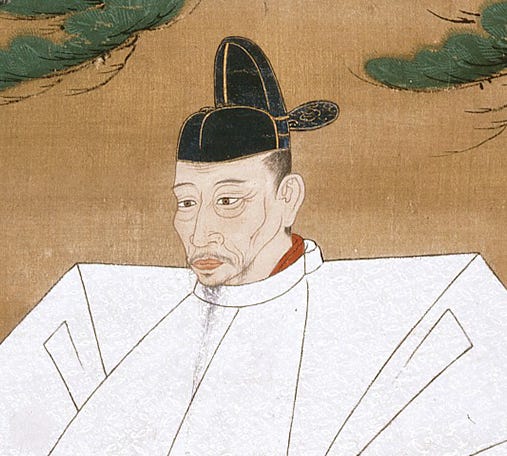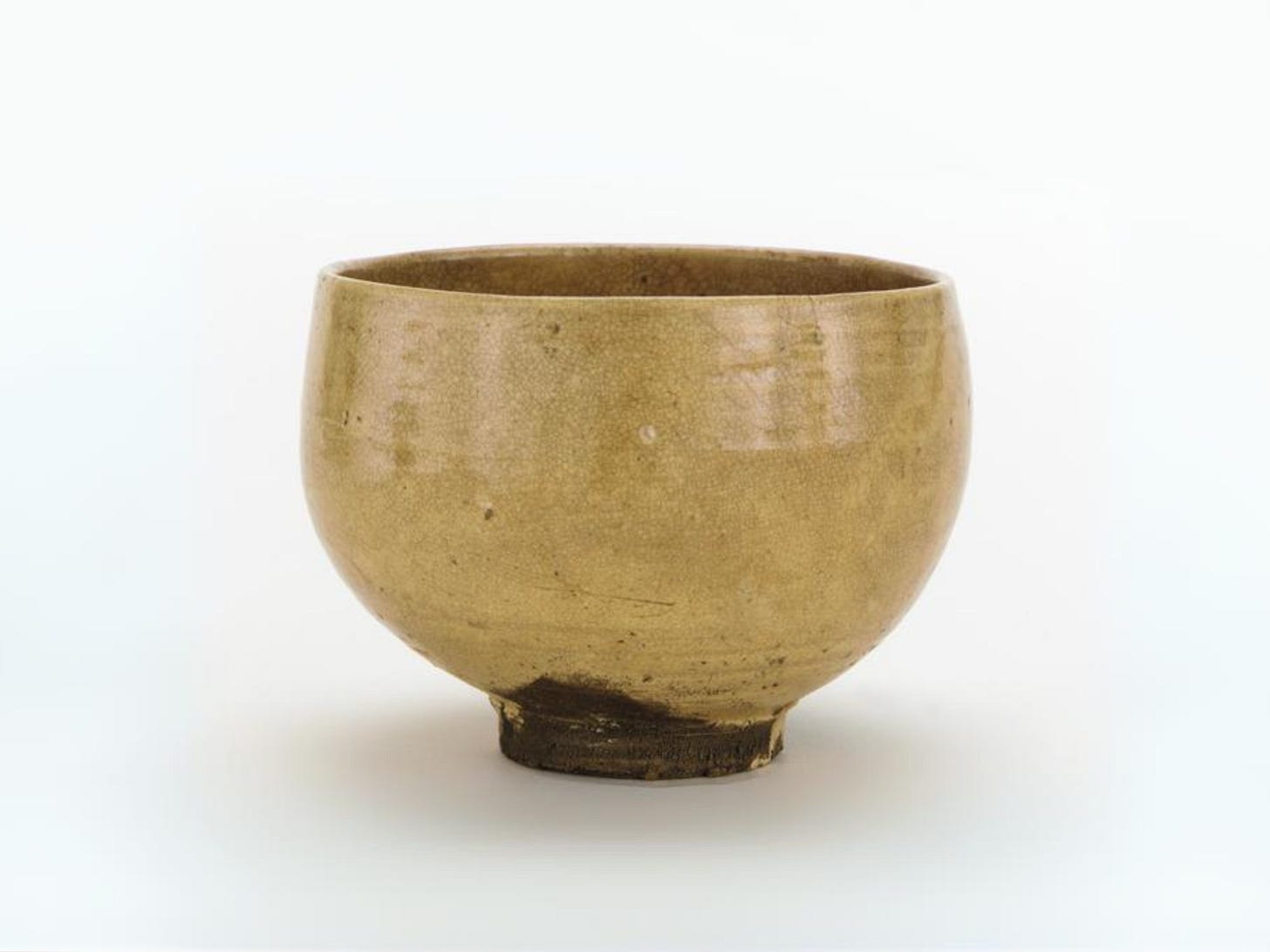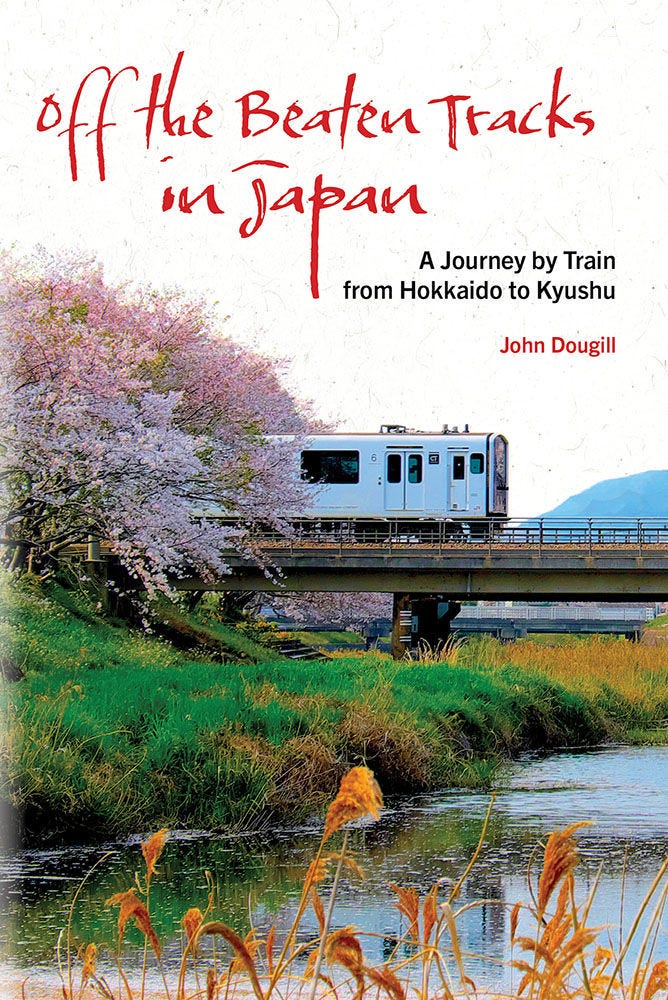Toyotomi Hideyoshi was a pivotal figure in Japanese history. His reign also marked a turning point in the history of Japanese ceramics.
Though he came from humble origins, Hideyoshi would succeed Oda Nobunaga and take on the historical mantle of “Great Unifier,” completing the work of subjugating Japan’s disparate fiefdoms, bringing an end to its long period of internecine warfare. But Hideyoshi’s ambition extended further than the islands of Japan; with little reprieve after the end of the civil conflict, Hideyoshi moved to conquer Joseon Korea with his sights ultimately set on Ming China.

China was an important cultural nexus that had influenced Japan, typically by way of Korea, for centuries. Japan’s religion, law, and politics had all been profoundly shaped by Chinese ideas. Putting Hideyoshi’s immediate motivations aside, the Middle Kingdom would make a tremendous prize. Korea’s close proximity to both granted it the role of cultural conveyor belt and the likely point of Japanese incursion.
Japanese art culture was also fundamentally shaped by Korean tradition and Chinese tradition by virtue of it. Around the Asuka period (538–710), when Buddhism was introduced to Japan via Korea, new ceramic technologies like the potter’s wheel made the journey as well. Later, pottery of the Nara period (710–794) sought to imitate popular Tang Chinese ceramics. During the Kamakura period (1185–1333), a mission to China returned with methods of producing tenmoku pottery. This helped establish the kilns of Seto in Aichi Prefecture, which were of such importance that pottery in general was colloquially known as Setomono.
Yet Japan had, as late as Hideyoshi’s reign, no domestic porcelain production, while China and Korea had been producing world-famous porcelain for hundreds of years prior. These are just some examples of a multi-millennia history of cultural and technological exchange, but the point is clear. This is not to say Japan had no significant kilns by the late 16th century. Nevertheless, Japan still imported pottery from abroad, for example the ceramics of the Song and Ming–dynasty as well as celadon pottery of Korean origin.
Fine, imported ceramics were the exclusive pursuit of the prosperous and powerful, as was their enjoyment in the tea ceremony. At this point one must mention Sen no Rikyu, who held the position of tea master for the courts of Nobunaga and Hideyoshi. While Rikyu would have used chawan (tea bowls) of Korean and Chinese origin in conducting the ceremony, part of his legacy was his collaboration with the potter Chojiro to found the Raku style. Although Raku-ware had foreign technique at its heart (and Chojiro’s father was of either Korean or, as the official raku website asserts, Chinese origin), this was a new, indigenous tradition which could satisfy the aesthetic requirements of the tea ceremony. Just a year prior to Japan’s invasion of Korea, Sen no Rikyu was put to death by Hideyoshi for reasons lost to history. Raku would live on.

Hideyoshi’s murderous invasion of Korea would have the perverse consequence of expanding these sorts of domestic styles. After protracted conflict through the better part of the 1590s, Japan retreated from the Korean peninsula, taking tens of thousands of Korean slaves on the return to Japan. Represented among them were skilled ceramic artisans, compelled to reproduce their pottery in Japan under the patronage of Japanese lords.
Karatsu, which faces Busan across the Tsushima Strait, was the point of debarkation for those returning from Korea; it was also the center of a new flourishing of ceramic production. Updated kilns revolutionized glazing processes and made for an explosion of new styles. Karatsu-ware was diverse and produced pottery of both practical and artistic relevance. Further east, in modern Yamaguchi, two Korean brothers under the surname Ri founded the Hagi-ware tradition. Hagi pottery was a conscious attempt to recreate the Korean styles beloved by the practitioners of Rikyu’s wabi-cha, mimicking its simplicity and irregularity.

Porcelain would also emerge from this infusion of foreign technology and talent. Chinese porcelain had circulated the globe for centuries, particularly the recognizable blue-and-white porcelain produced in Jingdezhen, which traded as far as the Middle East and Europe. However, the first half of the 17th century was a tumultuous period in China, marked by the decline of the Ming dynasty. The result was a scarcity of Chinese porcelain; Japanese porcelain would come to fill the gap. This required not only a new, more efficient kiln, it required the appropriate kaolin clay. The discovery of kaolin deposits near Arita, Kyushu, is attributed to a Korean farmer forcibly relocated to Japan after the conflict. Arita-ware, known to the European world as Imari-ware because of its nearby port of departure for Dutch traders, was an export product almost from the start, recreating the blue-and-white style associated with China and Korea.

Other designs for export employed deep overglaze of red, blue, yellow, purple, and green that harkened back to Tang “three-color” pottery. Known as Kutani-ware, this porcelain was supposedly produced near Kaga with techniques emerging from the Arita porcelain boom, but much of it was produced in the Arita area. Similarly, the Kakiemon style, named after the family that originated it, possessed delicate and colorful illustrations over a milk-white base. This porcelain too emerged from the Kyushu region and was exported by the Dutch. Not all porcelain was destined for foreign ports: Nabeshima was a style of porcelain exclusively for the consumption of the Tokugawa aristocracy. Nabeshima porcelain were invariably deep plates with a high base, which featured colorful pictorial designs not unlike Kakiemon-type pottery. Japan had no porcelain production to speak of at the beginning of the 17th century; by the end Japanese porcelain was sophisticated and widespread.
The phrase “first Raku, second Hagi, third Karatsu” is often evoked to demonstrate the relative importance of these styles to the tea ceremony. We might say instead that it is shorthand for the influence of Korean ceramics in Japan.
I’d like to thank the website eYAKIMONO.net authored by Robert Yellin for the wealth of information on Japanese ceramics it provided. It’s of the dying breed of “Web 1.0” sites, which are always phenomenally informative.
Readers should also check out John Dougill’s award-winning Off the Beaten Tracks in Japan. John’s journey down the coast of the Sea of Japan features the kilns of Kyushu and the story of the Korean potters who made them possible. It inspired this piece.




